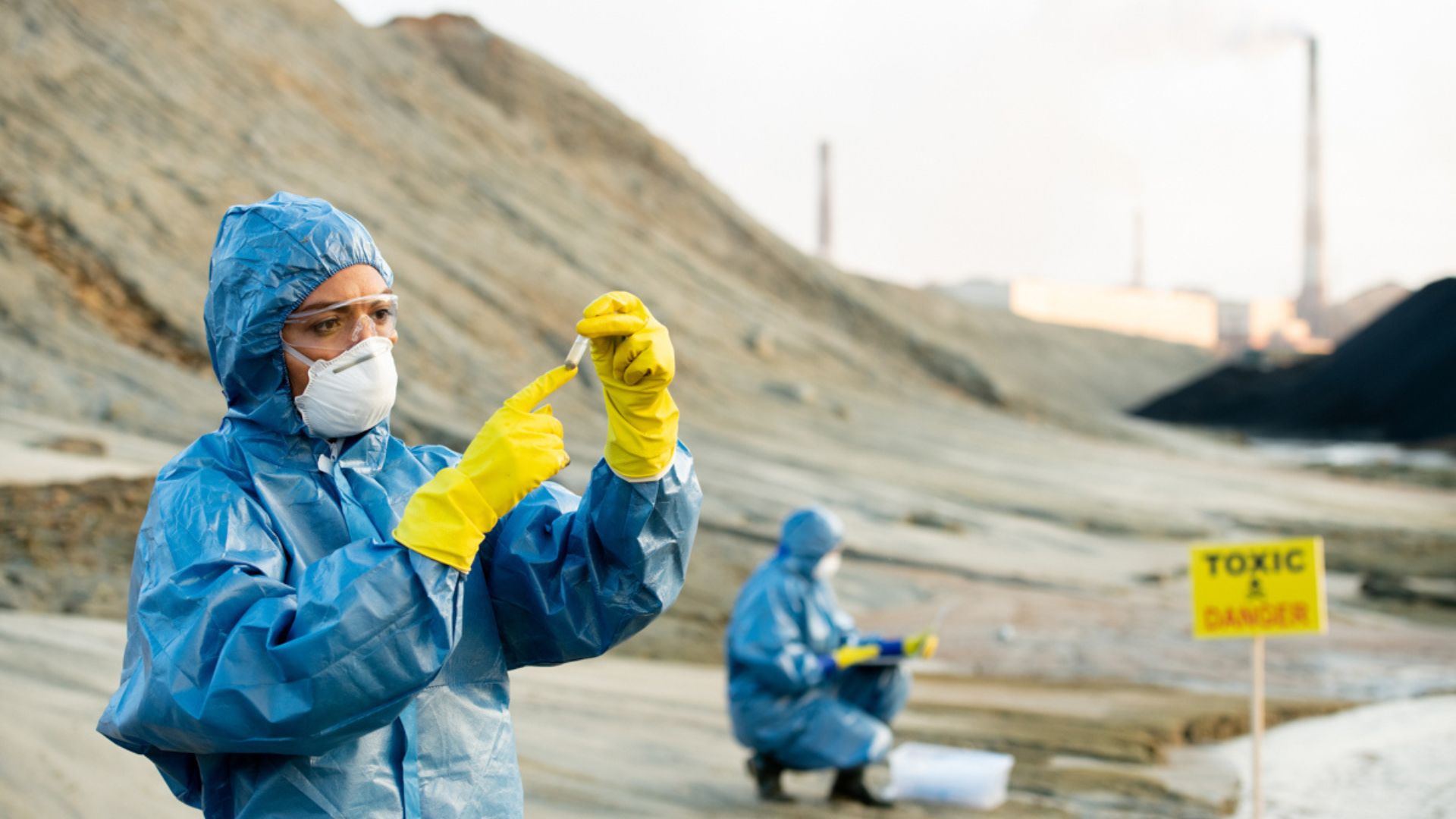Proper safe disposal methods of chemical waste is crucial to ensure environmental safety and compliance with regulations. Chemical waste includes any discarded material that is hazardous due to its chemical nature, which can pose risks to human health and the environment. Understanding the types and properties of chemical waste is the first step in managing its disposal effectively.

Safe Disposal Methods for Chemical Waste
Segregation and Classification
Segregation and classification are fundamental practices in chemical waste disposal. Separate chemical waste into categories based on their properties, such as flammability, corrosivity, reactivity, and toxicity. This prevents dangerous reactions and facilitates appropriate disposal methods. Use clearly labeled containers for each type of waste, ensuring that incompatible substances are not mixed. Proper segregation minimizes risks and aids in the efficient processing of chemical waste.
Neutralization
Neutralization is a process used to render hazardous chemicals harmless. For example, acids can be neutralized with bases, and vice versa, resulting in a neutral substance that can be disposed of safely. This method is particularly useful for laboratory and industrial settings where small quantities of reactive chemicals are handled. It is essential to follow specific guidelines and safety protocols during neutralization to prevent accidental reactions and exposures.
Chemical Waste Treatment
Chemical waste treatment involves various processes to reduce the hazardous nature of waste before disposal. Physical methods like filtration, distillation, and evaporation separate contaminants from the waste. Chemical methods include oxidation, reduction, and precipitation to convert hazardous substances into non-toxic forms. Biological treatment uses microorganisms to degrade organic pollutants. These methods ensure that chemical waste is treated and rendered safe for final disposal.
Incineration
Incineration is an effective method for disposing of organic chemical waste. High-temperature incinerators burn the waste, converting it into harmless gases and ash. This method is particularly suitable for hazardous waste that cannot be neutralized or treated through other means. Incineration reduces the volume of waste and destroys toxic substances, but it must be conducted in specialized facilities with proper emission controls to prevent air pollution.
Landfill Disposal
Landfill disposal is used for chemical waste that cannot be treated or incinerated. It involves placing waste in specially designed landfills with protective liners and leachate collection systems to prevent contamination of soil and groundwater. Only waste that meets regulatory standards for landfill disposal should be placed in these sites. Regular monitoring and maintenance of landfills are essential to ensure long-term environmental protection.
Recycling and Reuse
Recycling and reuse of chemical waste are environmentally friendly disposal methods. Certain chemicals can be reclaimed and purified for reuse in industrial processes, reducing the need for raw materials and minimizing waste. For example, solvents can be distilled and reused, and metals can be recovered from electronic waste. Implementing recycling programs in industries and laboratories promotes sustainability and reduces the environmental impact of chemical waste.
Compliance with Regulations
Adhering to local, national, and international regulations is crucial in chemical waste disposal. Regulations specify the handling, transportation, treatment, and disposal of hazardous waste to ensure environmental and public safety. Organizations must stay updated with regulatory changes and maintain proper documentation of waste disposal activities. Compliance with regulations not only ensures safety but also avoids legal penalties and enhances the organization’s reputation.
Training and Awareness
Training and awareness programs for employees are essential for safe chemical waste disposal. Regular training sessions should cover the proper segregation, handling, treatment, and disposal of chemical waste. Employees must be aware of the risks associated with chemical waste and the importance of following safety protocols. Creating a culture of safety and responsibility ensures that everyone in the organization contributes to safe waste management practices.
Conclusion
Safe disposal methods of chemical waste is a critical aspect of environmental protection and public safety. By implementing proper segregation, neutralization, treatment, incineration, landfill disposal, recycling, and compliance with regulations, organizations can manage chemical waste responsibly. Training and emergency preparedness further enhance safety and efficiency in chemical waste disposal, contributing to a healthier and safer environment for all.




